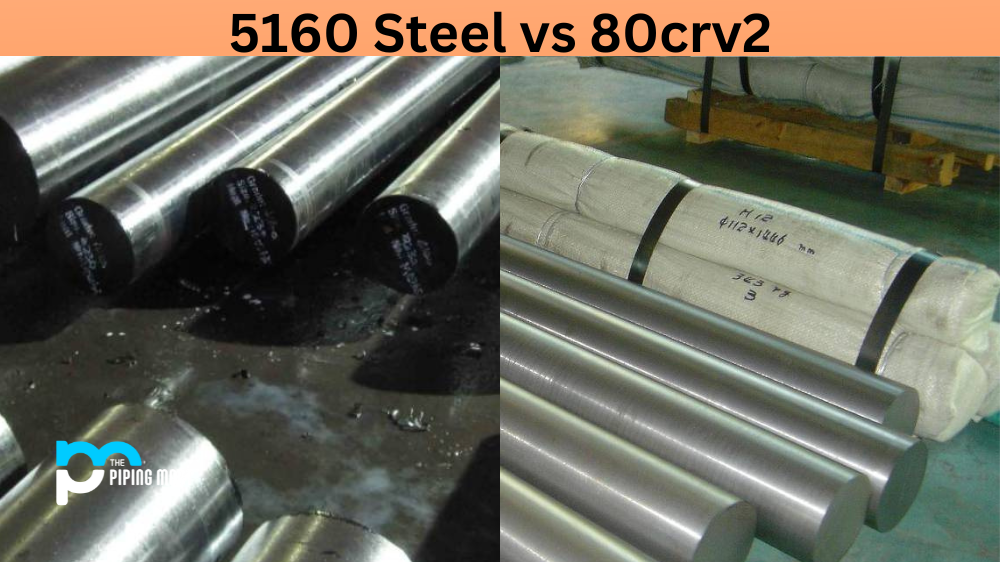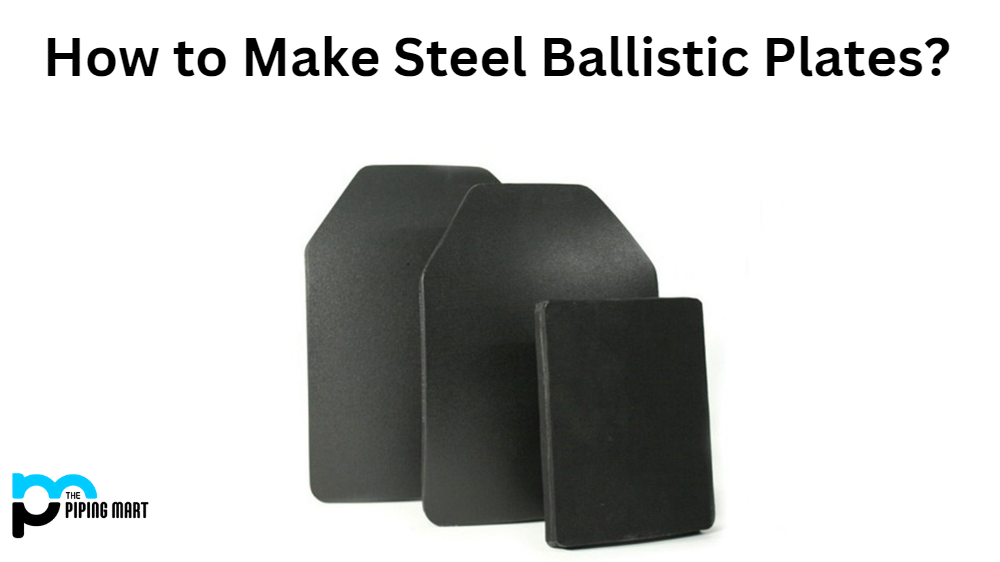When it comes to blades, steel choice is crucial. Not only does it determine the durability and sharpness of the blade, but it can also impact its toughness and edge retention. Two popular choices for knife blades are 5160 steel and 80crv2. But how do they compare? In this battle of blades, we’ll look at the strengths and weaknesses of both steels so you can make an informed decision on which one is right for you.
What is 5160 steel?
5160 is a popular steel choice for knives because of its toughness and durability. It falls in the low to mid-level carbon content range, making it easy to work with and sharpen. It has a high resistance to bending, which makes it a popular choice for swords and machetes. 5160 steel also has a high chromium content, which helps protect against corrosion. The downside? It can be harder to maintain its sharp edge than some other steels.
What is 80CRV2?
80crv2 is high-carbon steel, which means it has excellent edge retention and is resistant to wear and tear. It’s also known for its toughness, making it a popular choice for hard-use knives. 80crv2 has a high amount of vanadium, which adds to its hardness and edge retention. It’s easy to sharpen and is less brittle than other steel choices. The downside of 80crv2 is that it requires careful maintenance to prevent corrosion.
Difference Between 5160 Steel and 80CRV2
So which steel is better? It depends on what you’re looking for in a blade. If you’re looking for a tough and durable blade that can withstand heavy use, 5160 steel may be your choice. It’s a great option for fixed blades and outdoor knives. However, if you want a blade that can hold a sharp edge for longer periods, 80crv2 might be the right choice. It’s great for carrying knives you want to rely on daily in tight spots.
When considering these steels, it’s also important to remember that the heat treatment quality plays a huge role in the blade’s performance. Even the best steel can only be effective if it’s heat-treated properly. Ensure you purchase a blade from a reputable manufacturer with quality steel and proper heat treatment.
Composition
The most significant difference between 5160 steel and 80CRV2 is their composition. 5160 steel is a spring steel that contains 0.56% carbon, while 80CRV2 is a high-carbon steel that contains 0.80% carbon.
Hardness
Another difference between 5160 steel and 80CRV2 is their hardness. 5160 steel has a Rockwell hardness of C60, while 80CRV2 has a Rockwell hardness of C67. This means that 5160 steel is slightly softer than 80CRV2.
Edge Retention
Edge retention is another important factor to consider when choosing a steel for your knife. 5160 steel has good edge retention, while 80CRV2 has excellent edge retention. This means that 80CRV2 will retain its edge longer than 5160 steel.
Price
Price is also a consideration when choosing a steel for your knife. 5160 steel is typically less expensive than 80CRV2.
Conclusion
There is no clear winner when it comes to 5160 steel versus 80crv2. Each steel has its strengths and weaknesses; the choice ultimately comes down to personal preferences and what tasks you’ll use your blade for. We hope this battle of blades has helped you make an informed decision on which steel choice is right for you. Remember to take care of your blade, regardless of which steel you choose, and it will provide you with years of reliable performance.

Abhishek is a seasoned blogger and industry expert, sharing his insights and knowledge on various topics. With his research, Abhishek offers valuable insights and tips for professionals and enthusiasts. Follow him for expert advice on the latest trends and developments in the metal industry.




